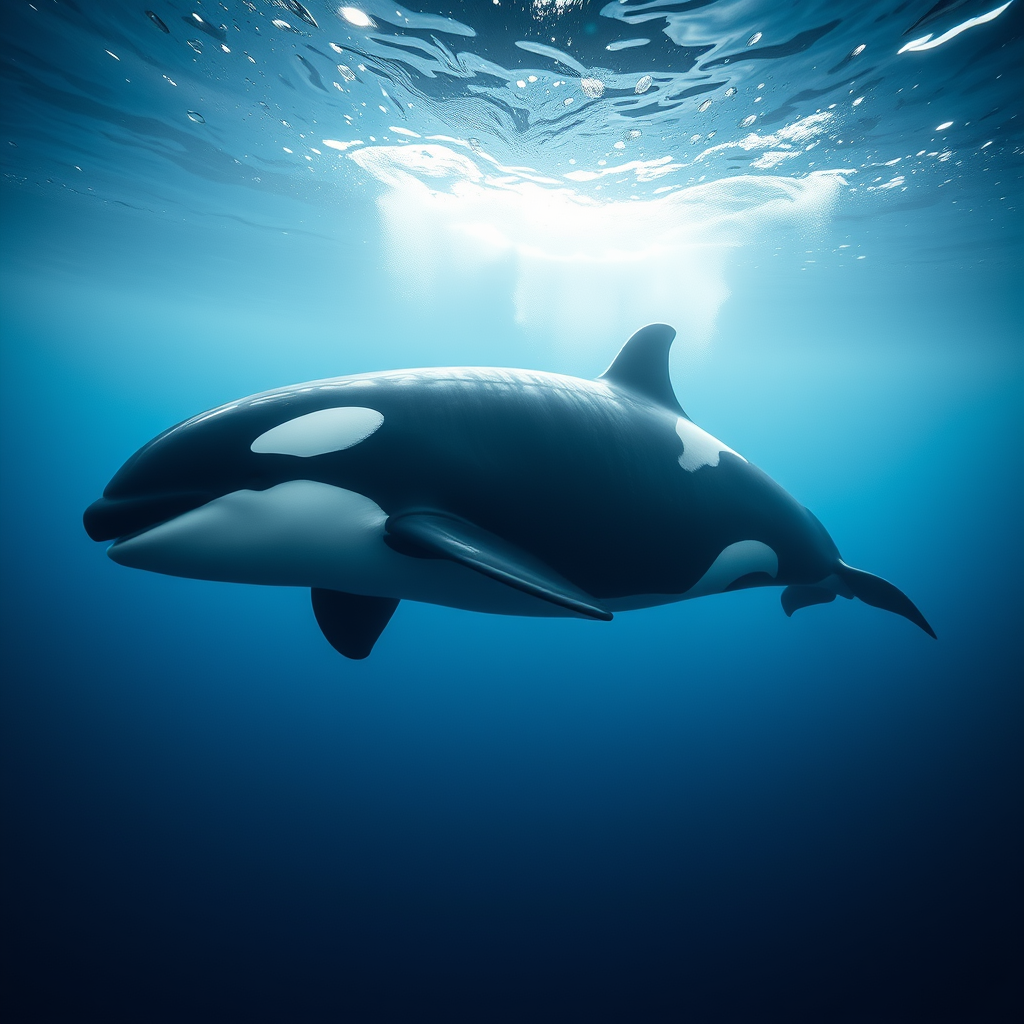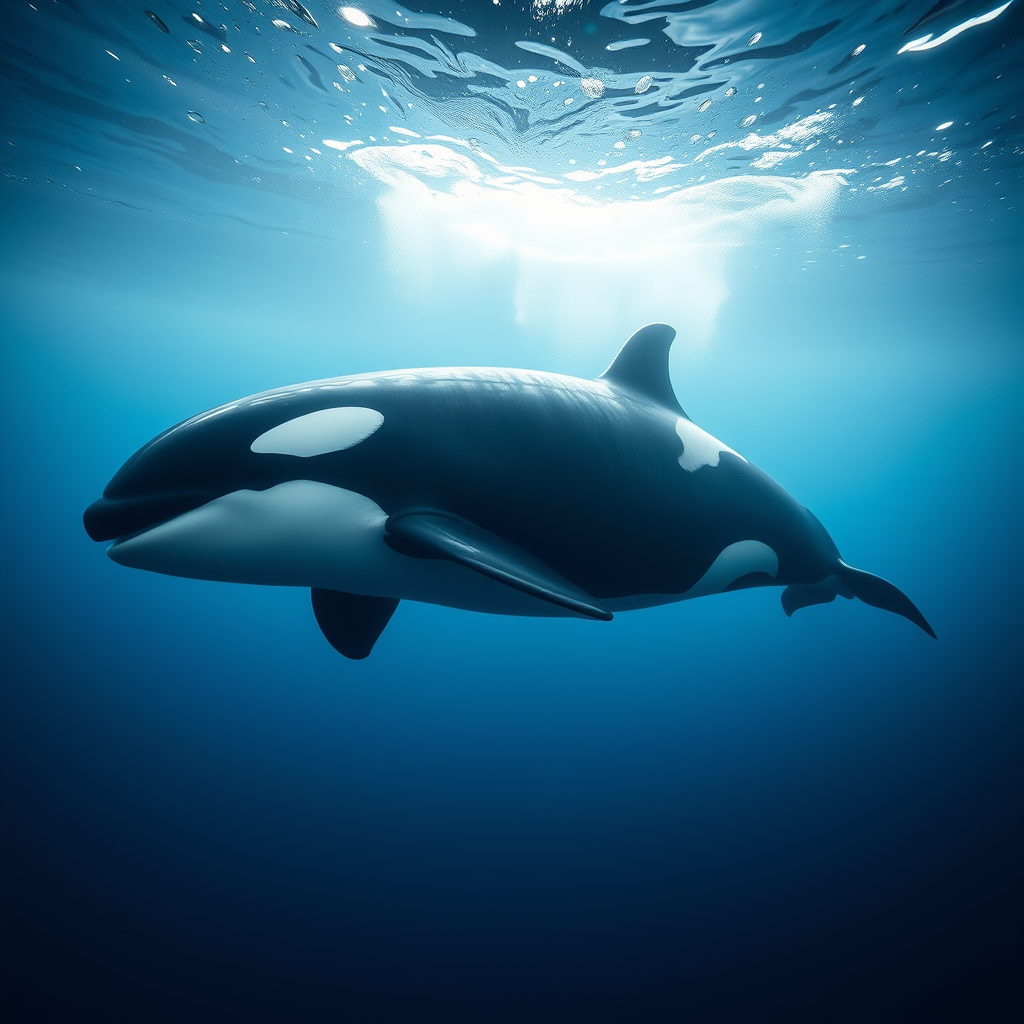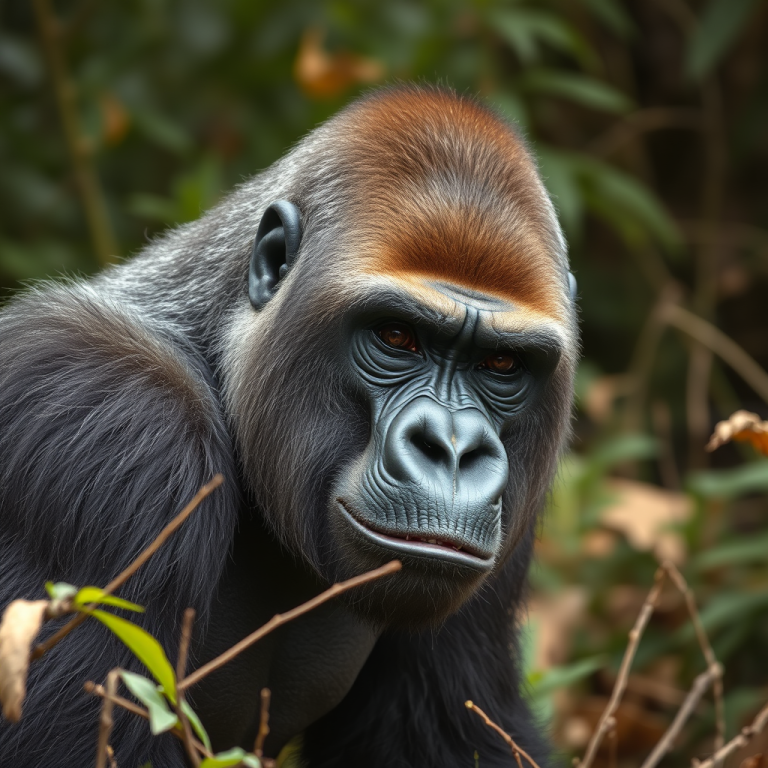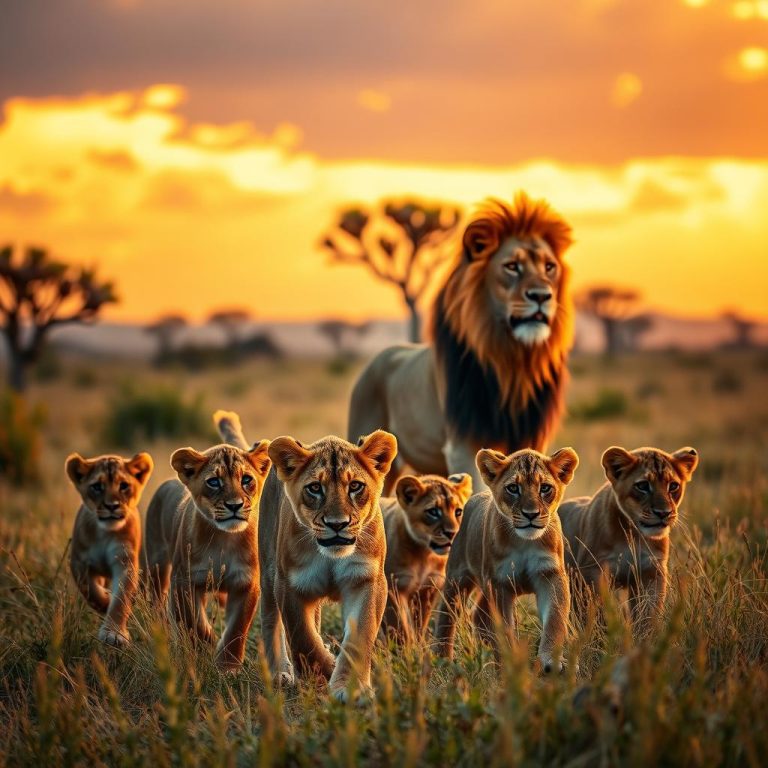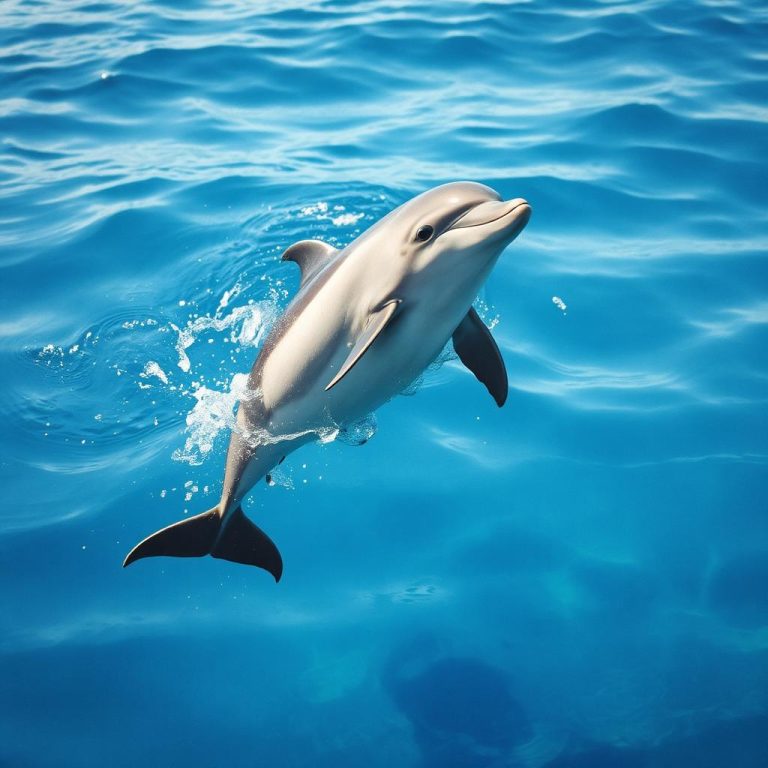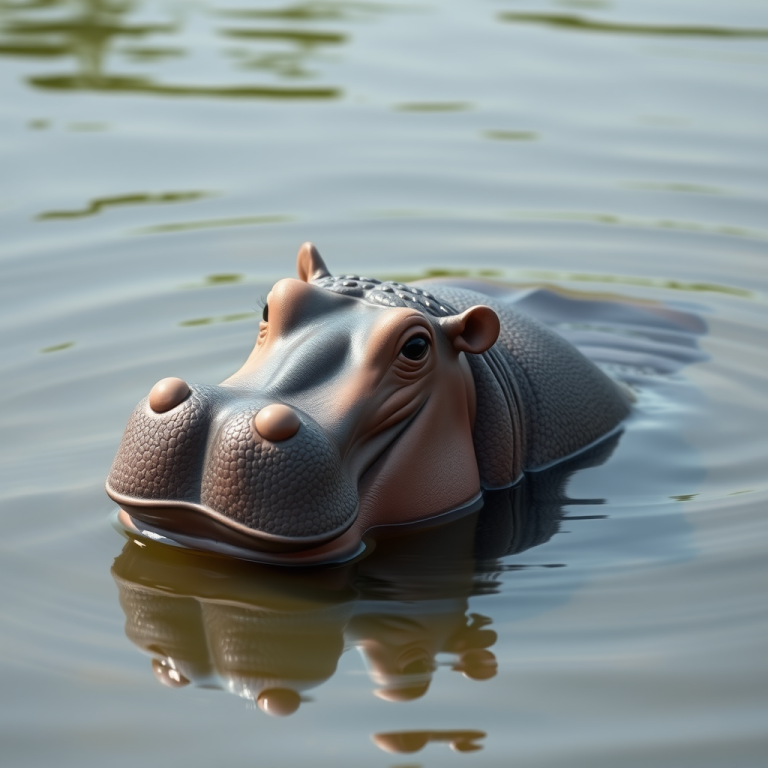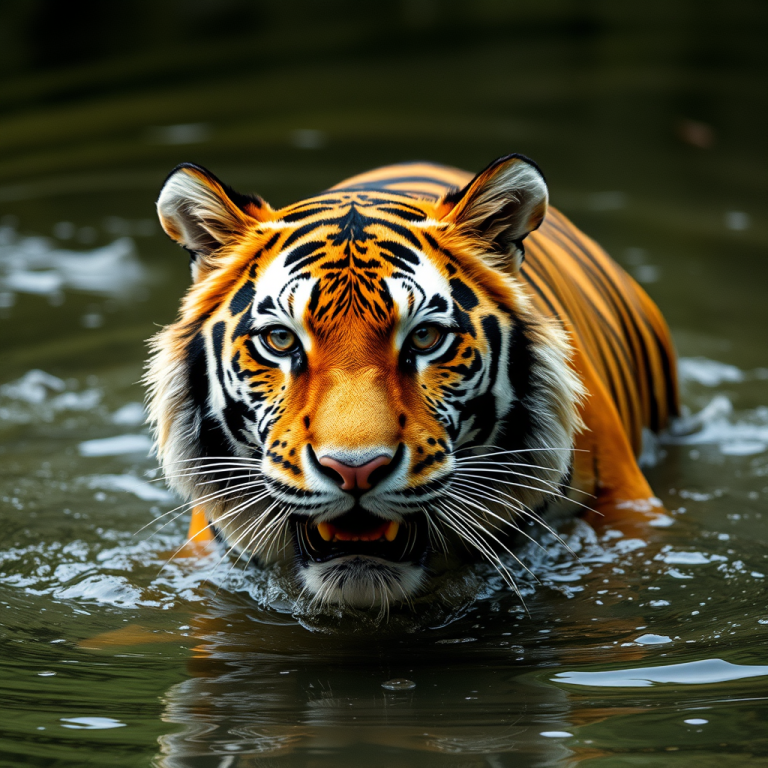Beneath the Waves: The Grace and Power of Orcas Underwater
Orcas, often called killer whales, are some of the most captivating creatures in the ocean. With their bold markings, massive size, and sharp intelligence, they carry an undeniable presence. Above water, they may leap and splash in dramatic bursts—but underwater, orcas become something else entirely. Their movements are smooth and fluid, their silence powerful. When they swim beneath the surface, it’s like watching shadows dance across the sea.
Despite their nickname, orcas aren’t actually whales—they’re the largest members of the dolphin family. But what truly sets them apart is how they combine strength with grace, speed with silence, and instinct with strategy. Seeing them glide beneath the waves feels like watching nature’s most perfect swimmer.
Life Built for the Sea
Orcas are perfectly adapted for life in the ocean. They can grow up to 30 feet long and weigh more than 10,000 pounds. Still, they move through water with little resistance. Their sleek, streamlined bodies are designed for speed and agility, while their large tail flukes give them powerful bursts of motion when chasing prey or leaping from the water.
Underwater, orcas can dive as deep as 1,000 feet and stay submerged for around 10 to 15 minutes at a time. When diving, they adjust their breathing, slow their heart rates, and navigate entirely by sound and instinct. Unlike fish, they don’t have gills—so they return to the surface to breathe through the blowhole on top of their heads.
Their rounded pectoral fins help steer with precision, and their tall dorsal fins—especially noticeable on males—slice cleanly through water, sometimes rising like sails when they’re near the surface. Every part of their anatomy plays a role in helping them move quietly and with purpose.
Echoes in the Deep
One of the most fascinating things about orcas underwater is their constant communication. They rarely swim in silence. Instead, they fill the water with clicks, pulses, and high-pitched whistles. These sounds aren’t random—they’re language.
Orcas use echolocation, bouncing sounds off objects, prey, or terrain to understand the environment around them. It works like sonar. They can detect the location, size, and even texture of things in the water, all by listening to the echoes that return.
Each pod of orcas has its own vocal dialect, like an accent or family code. These sounds help them identify each other, coordinate hunts, and stay connected even when separated by miles of open water. In a way, they create invisible threads of sound that hold their group together beneath the surface.
Hunting with Intelligence
Orcas are apex predators. Underwater, they’re silent strategists. They work together to hunt, often using incredibly smart and specialized techniques. Some pods will herd fish into tight balls near the surface. Others will intentionally beach themselves to grab seals, only to wriggle back into the water once the hunt is over. In Antarctica, some orcas create waves to knock prey off floating ice.
What’s wild is that these hunting styles are learned, not just instinctual. Young orcas are taught by adults. That means different pods in different parts of the world hunt differently—kind of like cultural traditions passed down through generations.
Underwater, hunting is quiet and precise. You won’t see chaotic thrashing. Instead, orcas surround their target, communicate through sound, and strike with perfect timing. It’s a team effort, often led by the older females in the pod.
Social Bonds Below the Surface
Orcas don’t just swim in groups—they live in tightly knit families called pods. These pods are often led by a matriarch and can include up to 40 individuals. Underwater, you’ll see them swimming side by side, touching fins, moving in unison. They play together, raise calves together, and stay in the same pod for life.
Young calves swim close to their mothers, mimicking their movements and learning the ways of the ocean. Mothers are incredibly protective, and you’ll often see them guiding their babies with gentle nudges or letting them ride in the slipstream behind them to conserve energy.
Even underwater, you can feel the emotional closeness between pod members. Their vocalizations increase when reunited after separation, and they’ve been observed mourning the loss of podmates, showing signs of grief that are both visible and deeply felt.
How They Experience the Ocean
Beneath the waves, orcas experience a world that’s layered and alive. Light filters down in shades of blue and green, flickering as the surface above shifts with wind and sun. Schools of fish flash like glitter, and the call of other orcas echoes like distant music. Everything underwater is experienced through movement, sound, and vibration.
When orcas swim in calm waters, their black-and-white bodies ripple just below the surface, often reflecting back in the light. In rougher seas, they dive deeper, using sonar to see what their eyes can’t. It’s a world where sight and sound work together, creating a sensory map of everything around them.
Final Thoughts
Orcas underwater are the perfect balance of power and peace. They aren’t just predators—they’re communicators, caretakers, and creatures of deep connection. Watching them beneath the surface is watching instinct and emotion move together.
In a space where everything is fluid and uncertain, orcas remain certain. Confident. Timeless. They remind us that strength doesn’t have to be aggressive, and that even the wildest places can hold families, stories, and silence that speaks volumes.
| If you’re curious about the wonders of wildlife, stick around—there’s a whole world to explore at Wonder of Wild.
